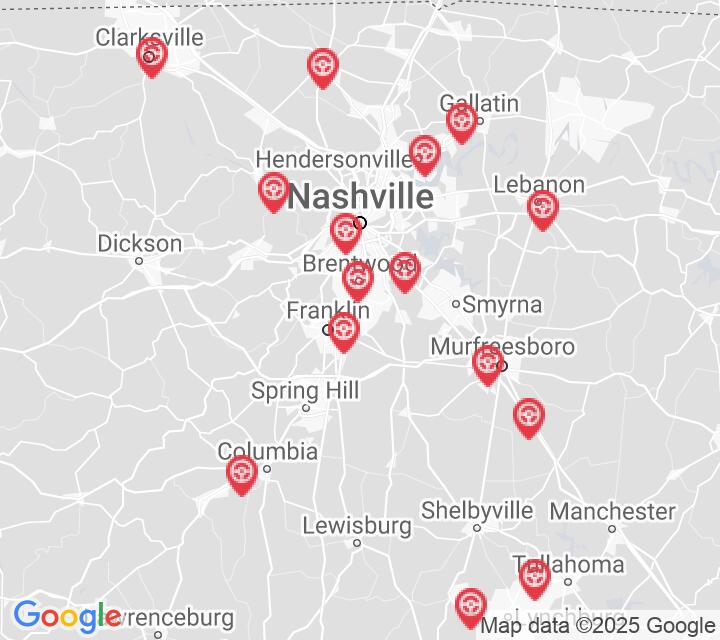Air Brakes
This endorsement is required for driving a vehicle with air brakes. To receive this endorsement, applicants must pass a written test. The test consists of 25 multiple choice questions. Each question has three or four answer choices. To pass, the applicant must answer at least 20 questions correctly. Test questions come from the Commercial Driver Guide. Questions come from the chapter covering: Air Brakes. The Air Brakes endorsement may be used with the Class A, B or C CDL.
Number of Question
Passing Score
19. An alcohol evaporator is especially important:
Explanation
Some air brake systems contain an alcohol evaporator. This evaporator introduces alcohol into the system to help prevent ice from forming in cold weather.
20. Vehicles with dual air brake systems:
Explanation
Before driving a vehicle with a dual air brake system, you must allow the air compressor time to build up at least 100 psi of air pressure in both the primary and secondary systems.
21. If the safety relief valve in the air brake system releases air:
Explanation
An air brake system has a safety relief valve, which releases air from the tanks if the pressure gets too high. If the valve must operate, something in the system is wrong and should be addressed by a mechanic.
22. When leaving your vehicle unattended:
Explanation
Always apply the parking brake when leaving your vehicle unattended.
23. When stopping in an emergency situation, you should:
Explanation
If you need to make an emergency stop, you can use either the controlled braking method or the stab braking method. It's important to brake in a way that keeps your vehicle in a straight line but will still allow you to turn if necessary.
24. The application pressure gauge:
Explanation
In an air brake system, the application pressure gauge shows how much air pressure is being applied to the brakes. Not all vehicles with an air brake system have this gauge.
25. Friction in an S-cam brake is caused when the brake shoes and linings:
Explanation


